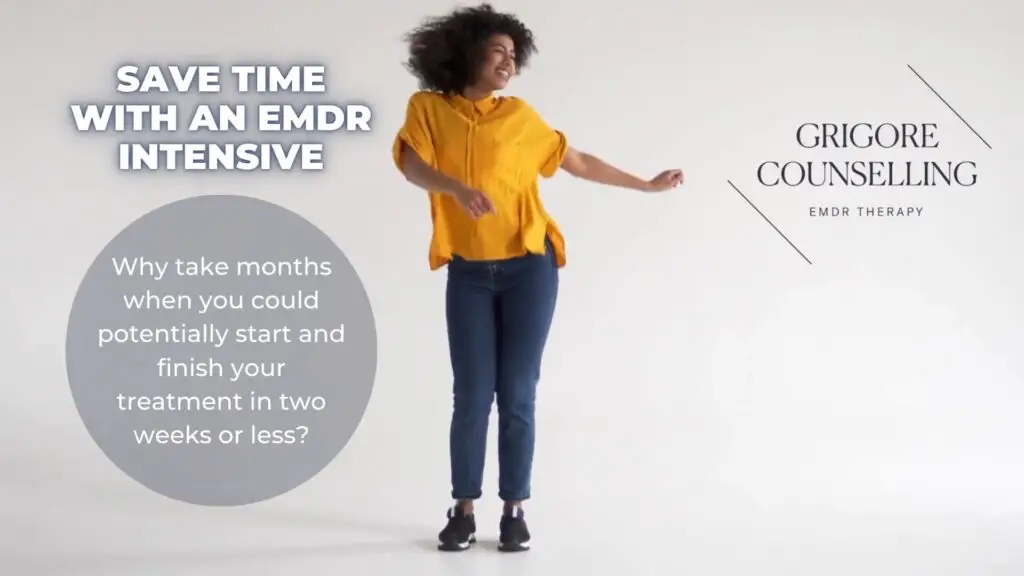Grigore Counselling & Associates
Services
(For Clients)
EMDR is the best therapy for anxiety, depression, ptsd, trauma, addiction. Find the best EMDR counsellor near you.
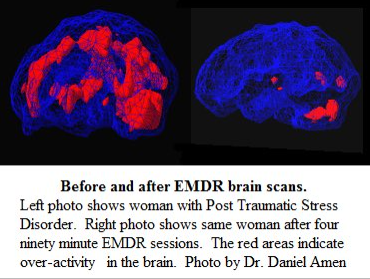
Eye Movement Desensitization & Reprocessing
- 30+ Years of Research
- Fast Results
- No Homework, Prep, or Drugs Required
- Endorsed by Leading Health Authorities Around the World
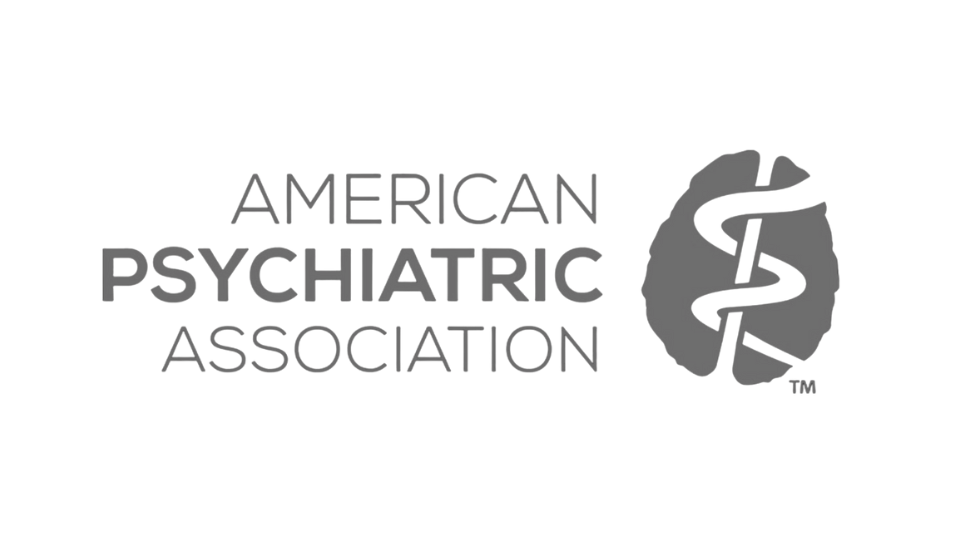
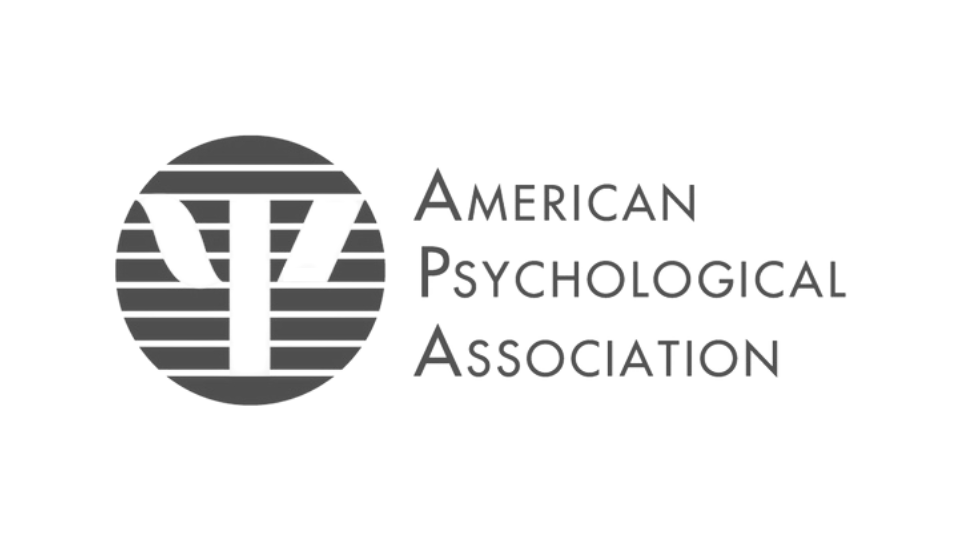







Areas of Focus
ANXIETY
RELATIONSHIP
DEPRESSION
TRAUMA
CAREER
Burnout, and more...
Self-Sabotage
Substance Abuse, Gambling, Sex, Pornography, Stress-Eating and Disordered Eating, Dysfunctional Thought Patterns, and more.
EMDR Fast Facts
This is not traditional therapy.
This is "Conscious Neuroplasticity."
What is EMDR?
EMDR is a robust psychological approach that utilizes a process called Bilateral Stimulation (eye or hand movements) to accelerate the brain’s natural ability to adapt and grow by forming new neurological connections (called neuroplasticity).
EMDR’s founder, Dr. Francine Shapiro discovered that all psychological and emotional distress can be traced to negative experiences or traumas that were maladaptively stored in your brain.
Based upon a theory called Adaptive Information Processing, the brain collects and stores information it believes will be useful for survival. However, since our brains do not really know the difference between what it experienced 35 minutes ago or 35 years ago…under stress, current responses may appear quite disproportionate to what’s happening presently.
Successful EMDR therapy often results in the complete extinction of distressing symptoms, behaviours, and thought-patterns because it actually changes the brain.
Furthermore, many clients often report their positive results increase over time (due to EMDR having a “generalizing” effect on the brain, meaning their brain has applied new learnings to other experiences and memories – updating the entire system).
In addition to many other benefits, EMDR requires far less time than other approaches, and requires no homework.
While EMDR is a Standard 8 Phase Protocol, advanced EMDR practitioners know how and when to deviate from the normal structure to account for complicated cases.
Phase 1
History & Treatment Planning
Phase 2
Preparation & Stabilization
Phase 3
Assessment
Phase 4
Desensitization
Phase 5
Installation
Phase 6
Body Scan
Phase 7
Closure
Phase 8
Re-Evaluation
How Does EMDR Work?
Substantial evidence supports The Working Memory Theory as to the primary mechanism underlying EMDR’s effectiveness.
According to this theory, the EMDR therapist activates your memory of a trauma or negative life experience from your long-term memory, bringing it into your short-term memory a.k.a your “working memory.”
The EMDR therapist then applies bilateral stimulation (lateral eye movements, tapping, audio tones) or another kind of taxing task (as seen in EMDR 2.0 and EMDR 3.0). When your working memory is “sufficiently taxed” the trauma memory loses its vividness and eventually loses its “charge” altogether because the working memory cannot hold every detail at once.
The memory is literally changed in the brain with EMDR.
The EMDR therapist further assists you to then match and enhance your sense of mastery over the memory with a positive belief such as, “I can handle it,” “I’m worthy,” “I belong,” “I’m enough,” etc.
The “new memory” is then “reconsolidated” back into long-term memory and the symptoms related to that memory simply melt away.
You and your EMDR therapist continue with this process until all memories within the treatment sequence have been successfully neutralized and reconsolidated.
You are free to enjoy your life as you are meant to.
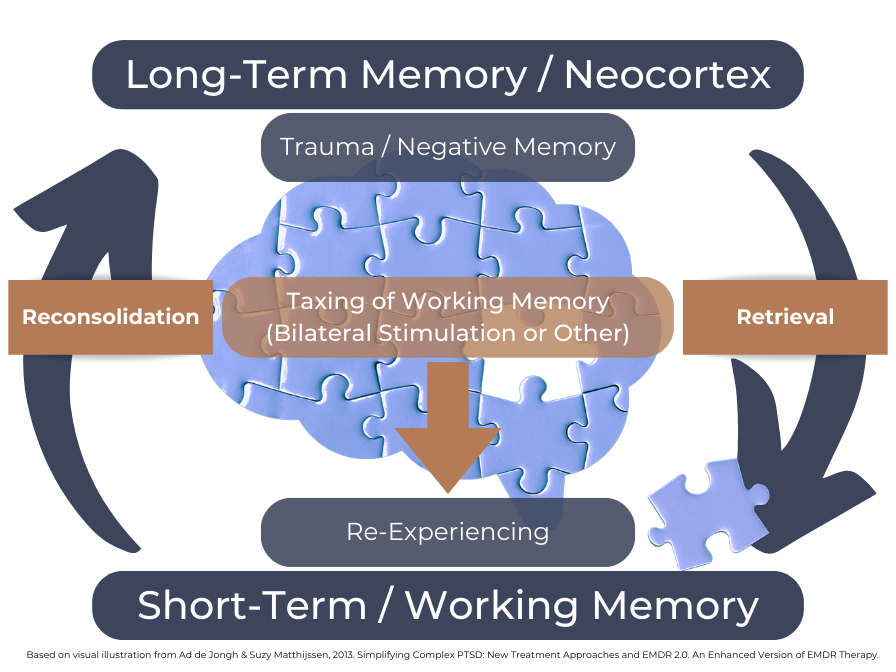
How Fast Can We Go?
Peer-Reviewed Evidence is mounting to scientifically support our clinical experience with 50+ patients, where we’ve successfully accelerated the exceptional results of EMDR through facilitating within an “intensive” approach / model.
Instead of conducting the “standard” approach to EMDR (50-80 minute sessions once per week or twice per month, our “intensive” approach compresses 3-5 months of EMDR therapy into two weeks or less.
There are multiple models for effective EMDR intensives. Where we have found great success is in offering three variations: Our 2 Weeks 2 Freedom Program (two weeks), and Total Immersion EMDR offerings (4 days).
Popular amongst our clients with tight schedules and / or urgent pending issues or events (i.e. Panic attacks, relationship crisis, mild to moderate substance abuse tendencies, career defining moments, weddings, negotiations, speeches, etc.), our intensive models will absolutely accelerate your healing journey – that’s a fact.

About 50% of Professionals Who Speak With Us Ask:
If that’s you too, you’re not alone.
Although EMDR has over 30 years of research and support from health authorities around the world…
Talk Therapy has been around for much longer, and as such has garnered more funding for research and mainstream support.
However, things have been changing over the last five or six years.
Thanks in a large part to the millions of happy clients around the world, and for the many celebrities who have championed EMDR in the media, using their massive platforms to influence the mental health zeitgeist.
Now more and more individuals are signing up to get help.

Prince Harry, the former Duke of Sussex, told Oprah and Good Morning America he used EMDR to help with anxiety related to returning to the UK.
He originally heard of EMDR from his therapist.
Credit Agencja Fotograficzna Caro Alamy Stock Photo

Ashley Judd used EMDR to process intense grief from the passing of her mother.
Credit: Ron Sachs CNP MediaPunch Alamy Stock Photo

After dealing with a stalker who broke into her home in 2014, Sandra Bullock decided to try EMDR.
Credit Allstar Picture Library Ltd Alamy Stock Photo

Evan Rachel Wood was responsible for lighting the torch against Marilyn Manson for allegations of multiple counts of sexual abuse. The actress, model, and singer, told the world that she was going through EMDR therapy.
Credit Jennifer Graylock Alamy Stock Photo

Good Morning Britain Star, Kate Garraway, shared she sought EMDR therapy to help her cope with her husband’s year-long battle with COVID-19.
Credit Rich Gold Alamy Stock Photo

Michael Jackson’s daughter, Paris Jackson, went through EMDR treatment for PTSD, and suicidal thoughts triggered by social media.
Credit Jaguar Alamy Stock Photo

“Scary Spice”, Mel B shared she was overcoming self-destructive patterns of sex and substance abuse with the help of EMDR.
Mel B Credit Bill Belknap Alamy Stock Photo

Actress and Comedienne, Whitney Cummings shared her experience of successful EMDR therapy to help her overcome “impostor syndrome,” saying “EMDR saved my life.”
Credit Media Punch Alamy Stock Photo

Already a mental health advocate, Russel Brand shared his stage with Jameela Jamil to promote her experience of EMDR.
Credit Lenny Monge Photo Works Media Alamy Stock Photo

“This month, 6 years ago, I tried to take my own life. I’m so lucky that I survived, and went on to use EMDR to treat my severe PTSD.”
Credit Paul Smith Alamy Stock Photos
Changing your life can be easier than you think.
We take standard to exceptional.
We custom tailor your treatment plan to ensure it fits within your unique situation.
JR EMDR Therapist
-
30+ Years of Research
-
Fast Results (4x)*
-
No Homework
-
No Drugs Required
-
No Preparation Required
-
Virtual Sessions
EMDR
-
30+ Years of Research
-
Fast Results (4x)*
-
No Homework
-
No Drugs Required
-
No Preparation Required
-
Virtual Sessions



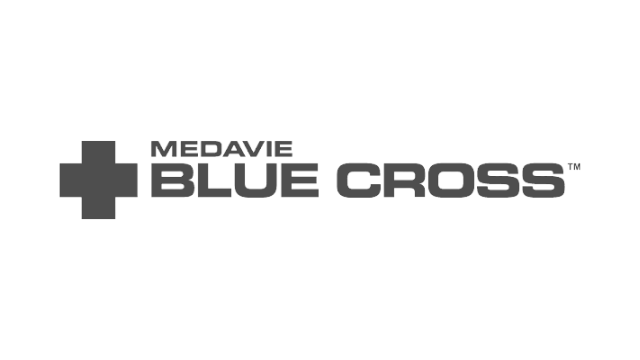


FAQ
Most frequent questions and answers
EMDR sessions will look quite different from other therapies almost immediately.
Phase 1 (History-Taking and Treatment Planning) will look somewhat similar in that there will be talking in order to build the therapeutic relationship and allow for the therapist to get the necessary information to be successful.
But that is where the similarities end. Because EMDR utilizes bilateral stimulation to facilitate the growth of new neurological pathways and connections, the client will follow the therapist in either following a ball moving across the screen (virtual sessions), or the therapist’s hand moving back and forth, or be instructed to follow the therapist in bilateral taps (not to be confused with taps arising from EFT [Emotional Freedom Technique] tapping). Sometimes during in-person sessions, the client may hold theratappers which vibrate (about the strength of a cell phone’s vibration). Compared to traditional therapy, EMDR looks weird…but it works!
Our brain absorbs millions of pieces of stimuli every second, and according to the Adaptive Information Processing theory (what EMDR is based upon), it uses that information to constantly adapt and grow. When the brain determines information is no longer relevant, it is updated and stored differently.
Trauma and highly distressing negative experiences are locked in the brain and nervous system as “critically important,” and everything that made those moments up become triggers to “help” the organism increase its chances of survival (which is why being triggered can feel like your brain has become hijacked and responses to “otherwise mundane” situations can be seem so extreme at times).
During EMDR therapy, the process of bilateral stimulation relaxes and distracts the brain’s attention to the critical importance of the stimuli associated with the events, and allows the nervous system to calm down. When the nervous system’s response is relaxed, the brain naturally comes to the realization that the information it was responding to so strongly is now outdated information from the past, and it can now update those events with current knowledge, and it then stores it away as “factual events” (no longer critically important because the nervous system isn’t reacting negatively to it in the present moment, therefore it’s no longer relevant for survival).
After successful treatment, most clients report a complete elimination of the issue(s) they entered treatment for help with (this is dependent upon therapeutic goals of course). For example: no longer experiencing anxiety or panic during situations that would have otherwise triggered the individual had they not undergone EMDR treatment; no longer feeling the urge to compulsively engage in unwanted or self-sabotaging behaviours; feeling energized, motivated, and hopeful for the future when before they were experiencing symptoms of depression; etc.
Having the right EMDR therapist can often be a differentiating factor. While EMDR is based upon a standard protocol, knowing how and when to deviate from that protocol in the best interest of the client, separates those who are simply “trained in EMDR,” from those with advanced knowledge and wisdom.
The changes are often so natural, individuals only realize they’ve occured after the otherwise triggering situation was successfully handled, or close friends or family members point out the changes they are surprised to be observing (sometimes clients will text or email totally elated and want to share their breakthroughs…and we love it every time).
The important thing to remember is EMDR is as much a physical process as it is an emotional and psychological process (and for some a spiritual one as well). It is impossible to refute that when looking left the right hemisphere of the brain is activated, and vice versa (same with body taps). EMDR’s effectiveness is as real as gravity.
Because the process of EMDR facilitates rapid psychological processing, although organic, it is still possible to experience what some might consider “side effects” for approximately 3 hours (at the peak), and then a steady decline for approximately 3 days post-session. The typical physical symptoms past clients have reported include: headache, stomach ache, and fatigue. It’s also possible to experience vivid dreams, and to recall forgotten memories or fragments of memories.
These responses are due to the brain’s reconsolidation efforts of new information (neuroplasticity).
With all of that said, side effects can be positive – and are in fact what most people hope for when undergoing EMDR therapy. Some of these could include: feeling calm and relaxed when faced with triggers that would have otherwise caused anxiety, depression, addictive responses, etc.; handling otherwise stressful encounters with ease and confidence; advocating for oneself; etc.
Yes absolutely. While medication is not necessary for successful EMDR, we understand some individuals may enter treatment already taking prescribed medication. We believe medication taken for the correct reason has its advantages, and we want what’s best for our clients. With that said, it is important to understand that work conducted while on medication will influence results due to state-specific-learning. This means that new neurological connections are made which include those caused by the medication.
Often the positive effects of successful EMDR treatment propel individuals to discuss their options with their doctor for reducing or eliminating medication. Should this occur, clients would need to return to re-evaluate previous work with their therapist to ensure results have been maintained.
It is possible to notice with the absence of medication a very slight increase of distress associated with previous work, but often this can be corrected with minimal session time.
We strongly urge you do not attempt EMDR by yourself. While there are programs existing on the internet and YouTube videos that appear simple to use, conducting bilateral stimulation on yourself can be extremely risky and potentially dangerous.
For this reason, the EMDR International Association (EMDRIA) has issued warnings against these programs, and have decisively ruled that these programs are not EMDR. EMDR is only able to be conducted with a therapist present.
We can only recommend that anyone interested in trying EMDR, seek the aid of an EMDRIA-Certified EMDR Therapist.
Most of our sessions are virtual aside from VIP EMDR Retreats (some of our Associates may elect to offer the occasional in-person session, so it’s important to check with them).
While offering virtual sessions nearly exclusively may seem unorthodox, during the COVID-19 pandemic lock-down, Robert discovered virtual sessions were superior in many ways to in-person sessions.
Some reasons for this are: allowing clients to meet in the comfort of their home or office, allowed clients to reach a new level of authenticity by not needing to get “dressed up for the world;” and not needing to account for travel time was greatly appreciated by most of our clients who have busy schedules. Furthermore, virtual sessions require the therapist to attune much more deeply to their client, and having a therapist who is even more deeply attuned to their client, can only benefit treatment.
We wish we could answer this definitively, as most clients ask in order to arrange budget, scheduling, etc.
It’s impossible to give an exact answer, but most of our clients require anywhere between 15 to 20 hours (of course some need more, some need less).
Because speed is one of our clients’ main concerns, and one of our core values, we offer options to accelerate results, by extending session times.
While this obviously increases costs, it’s not for everyone – and not everyone is a fit right away.
However, for those who require near-immediate results, we recommend speaking with your therapist about trying Total Immersion EMDR. Robert has had tremendous success with over 30 cases where life-changing results were obtained in as little as a single weekend.
Quite possibly. It’s important to check with your insurance carrier to determine if they cover “Registered Clinical Counselling,” “Clinical Counselling,” “Counselling,” “Mental Health Counselling,” “Psychotherapy,” “Psychological Services.”
Some carriers only cover services from Psychologists, Psychiatrists, or Social Workers. Others accept Registered Clinical Counsellors (which is our designation).
We have conveniently included all insurance carriers where our services are accepted (although others who have not been included may still provide reimbursement if they cover Registered Clinical Counsellors).
If you determine your carrier will accept our services in full or in part, you are required to pay in full for our services, and then seek reimbursement from your insurance carrier.
It’s confusing isn’t it? Let’s bring some clarity here.
Psychiatrists are medical doctors (MD’s) with a focus on mental health. They can formally diagnose and prescribe medications.
Psychologists are “doctors of psychology” but are not medical doctors. They have a PhD. They are allowed to diagnose mental health conditions, conduct psychological assessments, but cannot prescribe medications.
Psychotherapists and Clinical Counsellors are interchangeable designations where each province will have certain protected rights to use a particular designation. For example, in British Columbia, we are called either Registered Clinical Counsellors or Certified Clinical Counsellors; in Ontario the term used is Registered Psychotherapist. Counsellors/Psychotherapists (whichever term is used) generally have a MA level degree, are able to conduct psychological /counselling services but are not able to formally diagnose, assess, or prescribe medication.
Social Workers are able to conduct counselling sessions and are governed by the College of Social Workers. They may also belong to other professional associations and conduct therapy/counselling/psychotherapy within those guidelines.
Social workers most often have a MA level degree, and like Clinical Counsellors/Psychotherapists, cannot formally diagnose, assess, or prescribe medication.
Hope that helps!
While the BCACC recommends the average cost of Registered Clinical Counselling to be between $120-$150 per hour, we know our specialized training in EMDR, and our clinical experience makes us worth every penny.
And we’ve done the math.
Most talk therapies can last for 2-3 years. At a rate of $120 (low side) x 50 weeks (usually talk therapy is done weekly, but taking 2 weeks off for holidays, etc.) x 2.5 (average between 2 and 3 years) = $15,000.
If we take our approach to EMDR at $250 per hour multiplied by 20 hours (average, which can be completed with 1-5 hour sessions, once or more times per week) = $5000.
Depending on your goals and timeline, you could start and complete treatment within a couple weeks or a couple months and you could save upwards of $10,000 in the process, despite spending more per hour.
Our EMDR sessions generally fall between 1 to 2 hours, and are conducted 1-3 times per week depending on a variety of factors, including clinical goals, scheduling, budget, etc.
For those who wish to further accelerate their results, we offer Total Immersion EMDR.
This is conducted as a full day service and lasts between 5 and 6 hours.
A general idea of the daily structure is 3 hours before lunch (with breaks as needed), a 1 hour break for lunch, then up to 3 more hours after lunch (breaks as needed).
Total Immersion EMDR can be conducted online from the comfort of your own home, office, or wherever feels most secure for you (as long as you reside within the geographical boundaries of our practice).
In select cases, Total Immersion EMDR can be conducted in-person at a temporary office location near your home or hotel you are staying at (as long as it’s within our geographical boundaries of practice). In-person Total Immersion EMDR is billed at a higher rate to account for schedule modification, travel time and accomodations, etc.
Not everyone will be a fit for Total Immersion EMDR. Your safety is most important to us.
In order to determine whether you might be a potential fit for Total Immersion EMDR, we require a specific conversation to discuss your options.
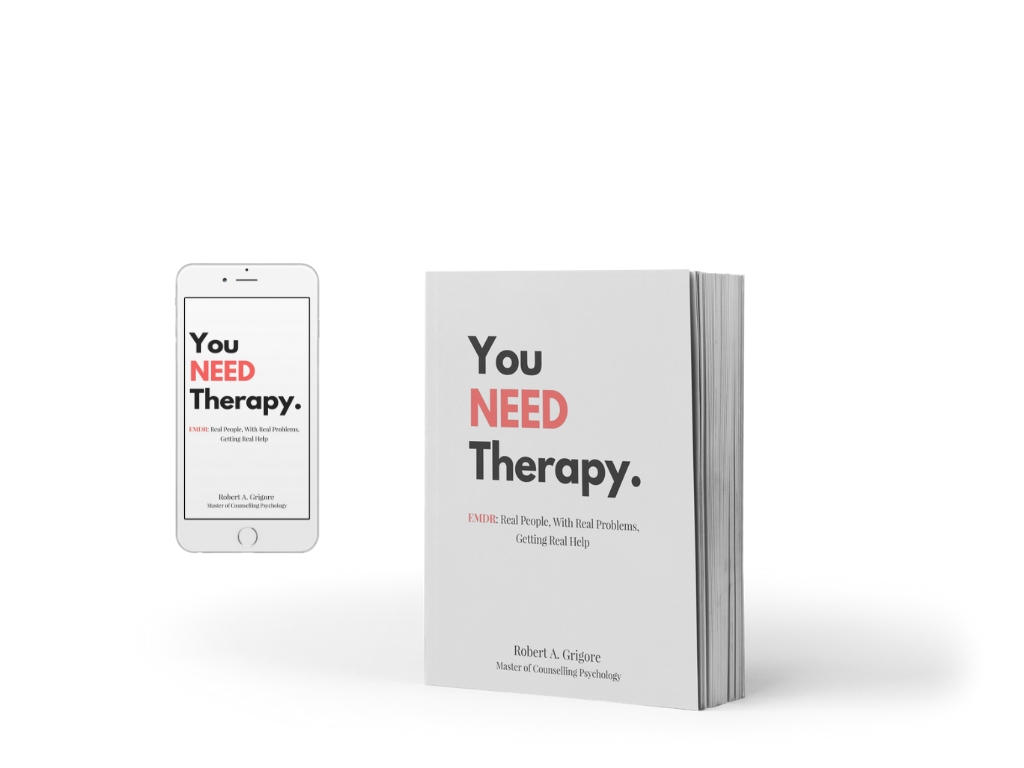
Free Ebook on EMDR
- Dive deeper into EMDR’s 8-Phase Standard Protocol
- Learn neurology of trauma and mental health distress
- EMDR case studies and testimonials
- How to find the best EMDR therapist and what to ask them!
